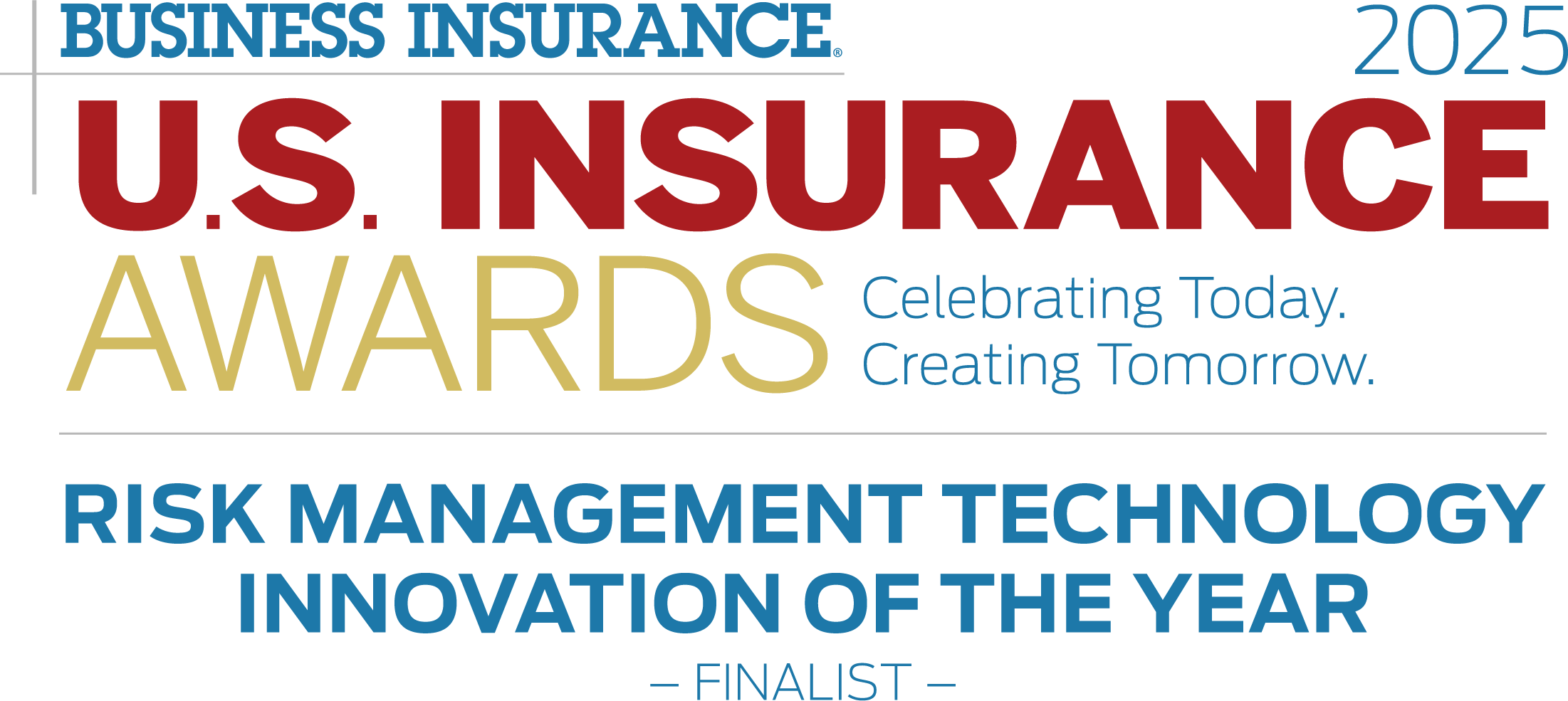Experience USI PATHTM
PATH is USI’s platform that guides you through the entire risk control process, from identifying sources of loss to targeting solutions that maximize your return on investment.
USI’s proprietary PATH technology is a leader in the industry!







